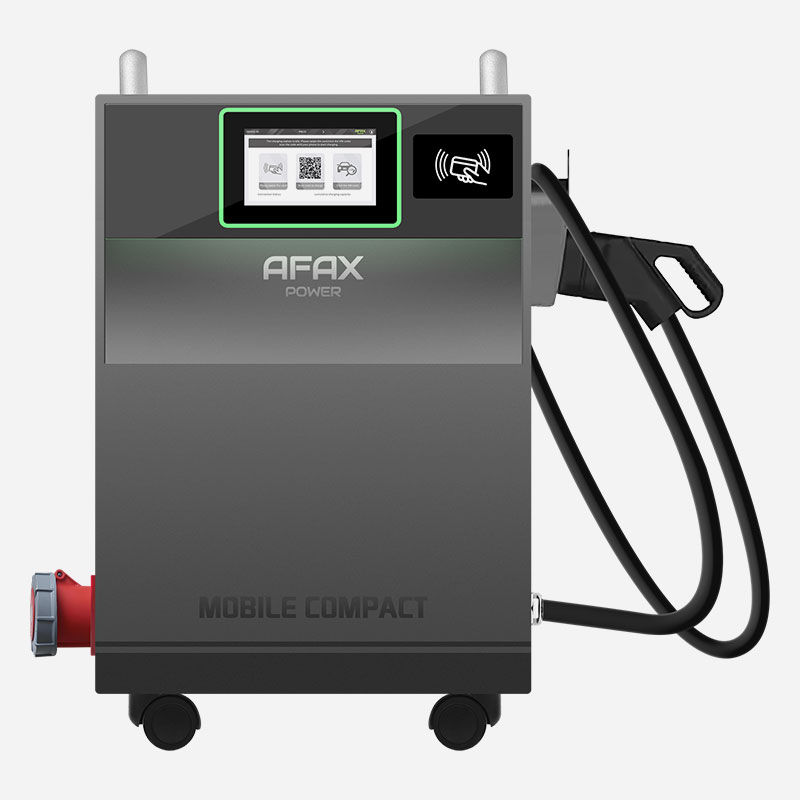Les défis de fabrication et les solutions pour les bornes de recharge pour véhicules électriques
- AFAX POWER

- Dec 14, 2023
- 2 min read
Introduction
L’adoption généralisée des véhicules électriques (VE) dépend essentiellement de la disponibilité et des performances des infrastructures de recharge. Alors que la demande de véhicules électriques continue de croître, le besoin de bornes de recharge pour véhicules électriques efficaces et fiables devient plus urgent. Pourtant, la fabrication de ces stations comporte un ensemble unique de défis. Dans cet article de blog, nous explorerons trois défis clés en matière de fabrication pour les bornes de recharge pour véhicules électriques et proposerons des solutions à ces problèmes.
Challenge 1: High Production Costs
One of the significant challenges in manufacturing EV charging stations is the high production cost. The cost is driven by the expensive components such as power electronics and cables required for the construction of the stations. To overcome this, manufacturers can focus on optimizing their supply chain management, negotiating better deals with suppliers, and investing in research and development to find cost-effective alternatives to expensive components.

Challenge 2: Technological Complexity
The technological complexity of EV charging stations is another challenge. These stations need to be able to communicate with the grid, manage power distribution, and provide user-friendly interfaces. To address this challenge, manufacturers should invest in skilled engineers and technicians who are well-versed in the latest technologies and can develop innovative solutions to simplify the design and functionality of the stations.https://www.afaxpower.com/product
Challenge 3: Regulatory Compliance
Compliance with various regulatory standards is also a challenge for manufacturers. These standards vary from country to country and can significantly impact the design and production process. A possible solution to this challenge is for manufacturers to keep abreast of the changing regulations and standards in each market they serve. They should also work closely with regulatory bodies to ensure that their products meet all requirements.
Conclusion
As the world shifts towards cleaner and more sustainable modes of transportation, the demand for EV charging stations is expected to rise significantly. While the manufacturing of these stations poses several challenges, strategic planning, technological innovation, and proactive regulatory engagement can mitigate these obstacles. By addressing these challenges head-on, manufacturers can contribute to the growth of the EV market and play a part in shaping a greener and more sustainable future.





Comments